Have you ever looked at a modern home and admired the sleek glass balustrades that wrap around its balcony or stairs? Are you curious about why more Australian homeowners are opting for glass instead of traditional wood or metal railings? Choosing the right glass type can make a massive difference to both safety and style. If you’re eager to learn what goes into installing glass balustrades and how to stay on the right side of Australian safety rules, you’re in the perfect place.
Being aware of the popularity of glass balustrades helps you appreciate all the design possibilities. In many homes, these stunning features frame views without intruding on the natural light inside. Key reasons for glass balustrades in modern Australian homes often involve creating a contemporary, open feel and maximising visual space. Not to mention, glass panels are easier to maintain compared to many timber options and usually last for years without losing their fresh appearance.
Glass Balustrade Safety
Glass balustrade installation safety stands out as a top priority for any homeowner. You might have seen them on balconies, staircases, or around pools, so it’s vital that your balustrade can handle everyday bumps, strong winds, and even the occasional misstep from a curious child. Reliability alone isn’t enough; Australian regulations require each installation to meet rigorous standards. This includes the type of glass used, its thickness, and the method of securing the panes so that everyone in the house is protected.
Glass Railing Thickness: What You Need to Know
When it comes to installing glass balustrades, recognising the significance of glass railing thickness is crucial. Thicker glass may increase sturdiness, but it also comes with added weight. This added weight sometimes affects the type of fittings or brackets you’ll need. Common thickness options range from 10mm to 12mm for frameless glass, though some installations may use more. The point is to strike a balance between safety and design: thick enough to be robust, but not so heavy that your supports can’t handle it.
Frameless Glass Railing Thickness vs. Laminated Glass Railing Thickness
One term bandied about when picking the right thickness is “frameless glass railing thickness.” Frameless systems rely on hefty panels to compensate for the lack of full frames. Laminated balustrades, on the other hand, use two layers joined by a special interlayer. Even if one layer cracks, the other helps keep the panel intact. Both frameless and laminated designs comply with different safety guidelines, so it’s best to pick based on aesthetics, location, and personal preference.
Types of Glass for Balustrades
Toughened (or tempered) glass undergoes heat treatment to make it much stronger than standard glass. If it does break, it breaks into small pebbles rather than sharp shards. Laminated glass features two sheets of glass fused with a plastic interlayer. This method ensures that if the glass cracks, it often stays in place. Which is better for your balustrade? Toughened glass is popular for frameless designs, while laminated glass adds an extra safety barrier by keeping broken pieces stuck together. In many cases, a combination is used—toughened laminated glass—for the best of both worlds.
Choosing the Right Glass for External and Outside Glass Balustrades
External and outside glass balustrade setups face extra challenges from wind, rain, and harsh sun. For that reason, thicker panels or laminated glass are common for external installations. You don’t want to compromise on strength when braving the elements. Laminated glass can reduce the risk of issues from large debris or unpredictable weather. Meanwhile, toughened glass suits an outdoor area too, although you need to ensure it meets building regulations on thickness and impact resistance. Ultimately, the right glass depends on your local environment and the design you’re aiming for.
Window Balustrade Considerations
If your home has large windows near a drop-off zone, a window balustrade may be required. Adding a pane of toughened or laminated glass can keep everyone safe, plus let you enjoy your view without a bulky railing. Window balustrades often involve a slimline frame at the base to hold the glass in position. If you’re installing a window balustrade on multiple levels, be sure to check if your local council mandates particular thickness requirements or height specifications.
Planning Your Glass Balustrade Design
When you love open spaces and uninterrupted views, a frameless balcony window delivers a slick solution. This approach replaces bulky supports with robust glass panels that can handle day-to-day loads without a full frame. Installing a frameless balcony window works well if you want a stylish façade that doesn’t block scenic surroundings. Be mindful, though, that frameless systems usually call for thick glass and secure mounting to guarantee they’re fit for heavy use.
Balustrade Styles: Framed, Semi-Frameless, and Frameless
Before you jump in, decide which style best fits your taste and budget. Framed balustrades use solid top and bottom rails, and sometimes side posts, to keep the glass in place. Semi-frameless designs use vertical posts or a horizontal supporting channel while leaving some edges free. Frameless balustrades remove most of the metal structure, relying on strong fittings and thicker glass. Each option offers a different look and varying levels of complexity. Think about whether you prefer visible structure or an almost transparent edge.
Customising Your Glass Balustrade for Aesthetics and Function
Your glass balustrade design doesn’t stop at picking frameless vs. framed. You can customise the tint of the glass, choose frosted or clear finishes, and even add decorative etching. These touches can help you create privacy in certain rooms while still letting in natural light. Another custom feature might be a handrail on top—this can be in stainless steel or timber, blending style and safety. Plan carefully, factoring in how your home’s overall look will match each component of the balustrade.
Conclusion
Thanks to modern materials and design approaches, installing glass balustrades can be a brilliant way to open up your home and make the most of your surroundings. Thick or thin, toughened or laminated, each glass type has unique advantages—just be sure to select the option that matches your family’s needs and local regulations. By doing your homework on glass railing thickness, council approvals, and professional installation requirements, you’ll help create a safe yet stylish feature.
Whether you’re planning a frameless balcony window or an outside glass balustrade installation for your deck, the biggest key is choosing the right product and ensuring it’s installed correctly. Don’t forget about ongoing maintenance: Keep your panels clean, watch for minor damage, and address any issues early. That way, your balustrade remains functional and visually stunning for the long haul.

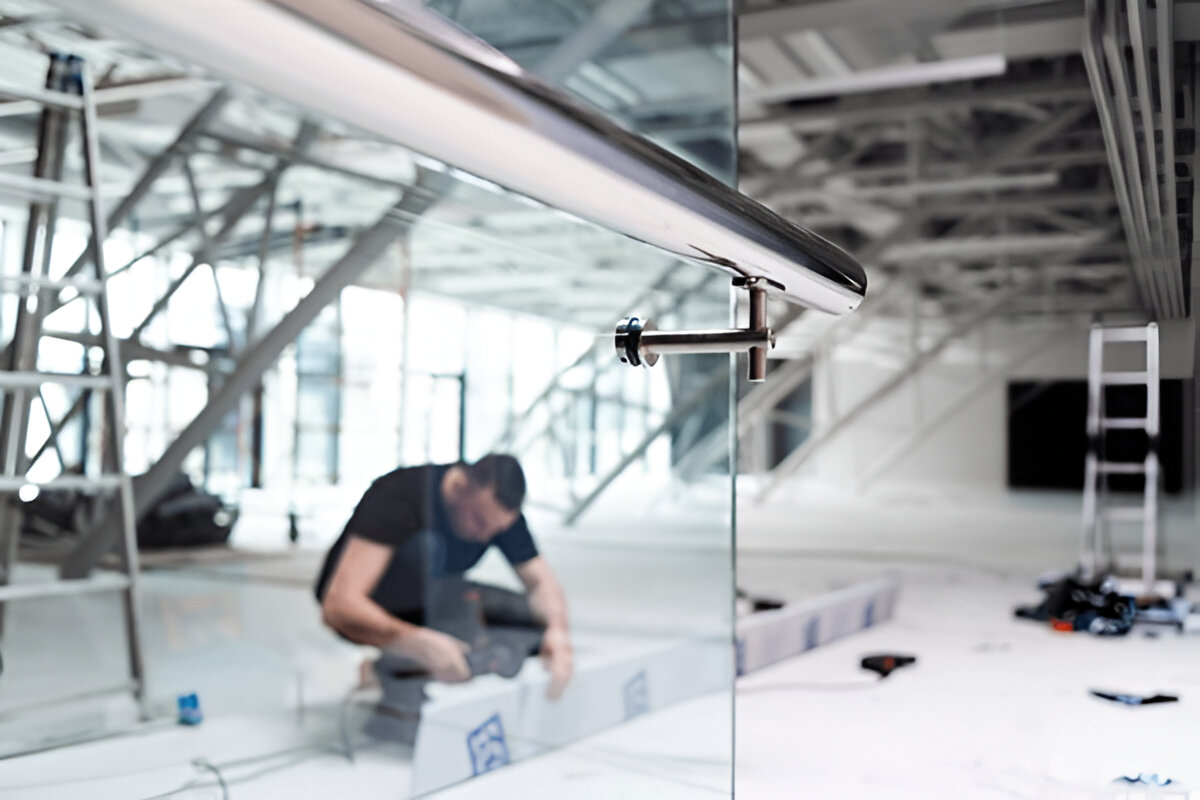


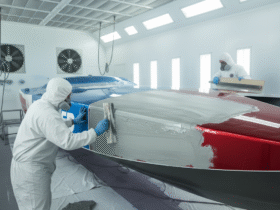
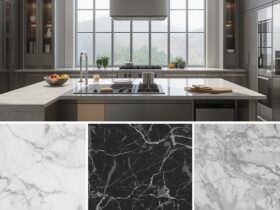

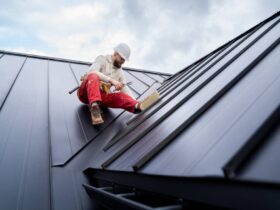

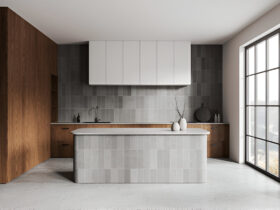
Leave a Review